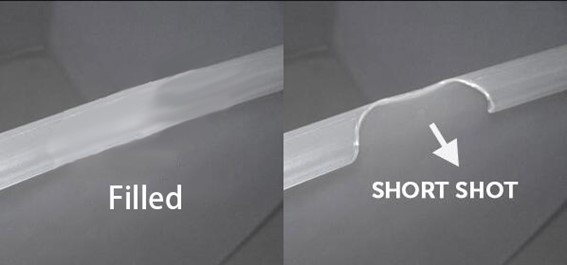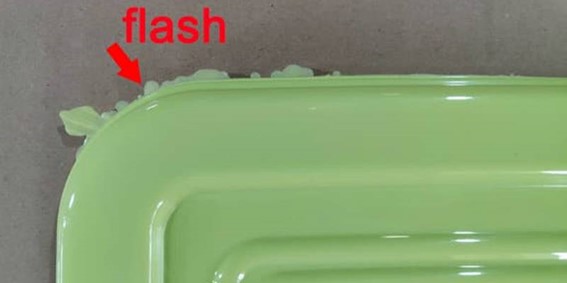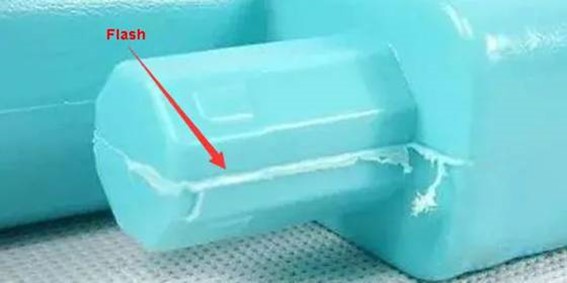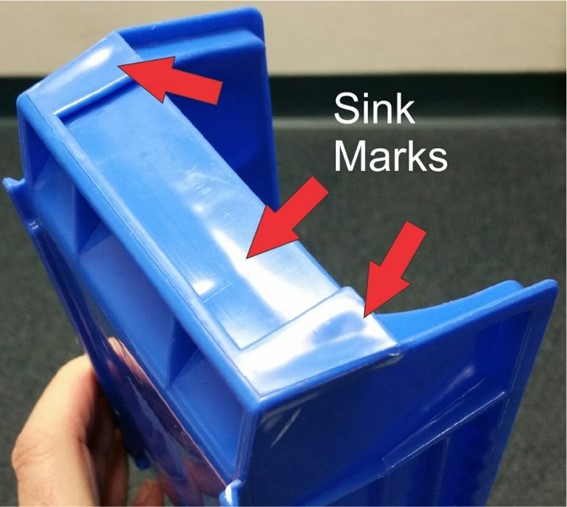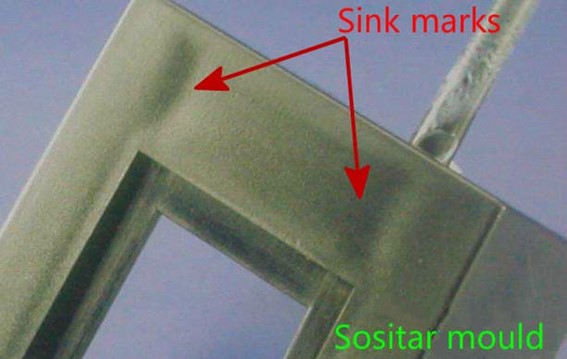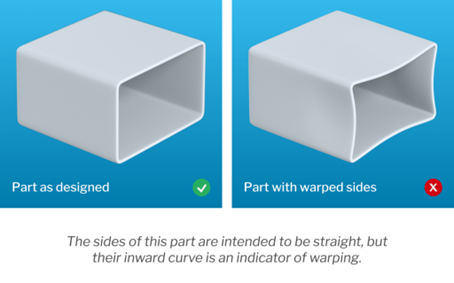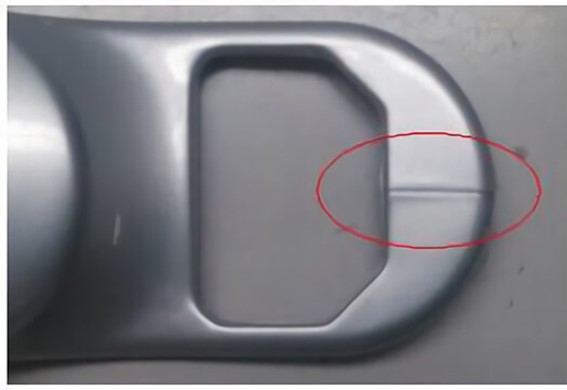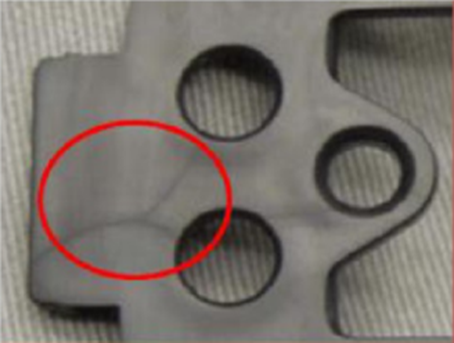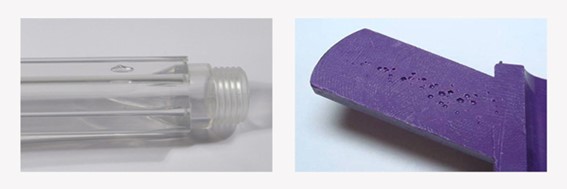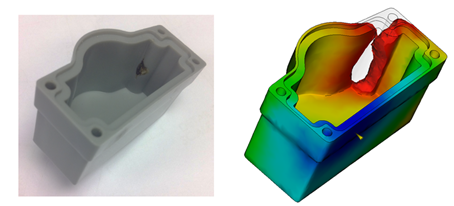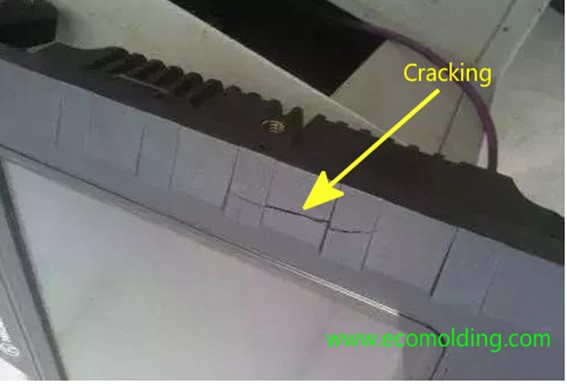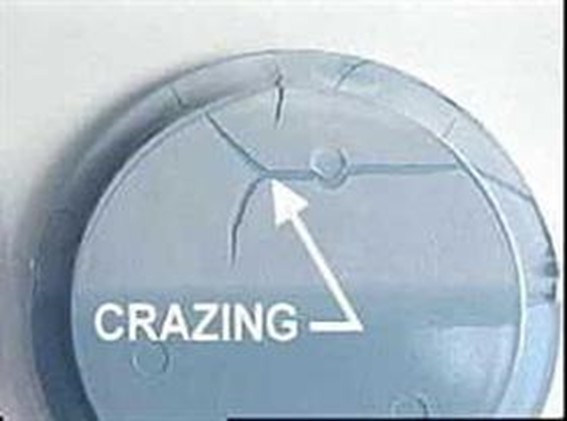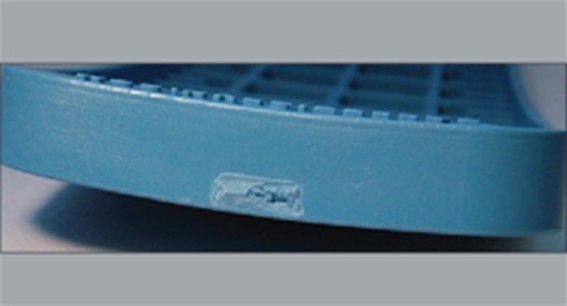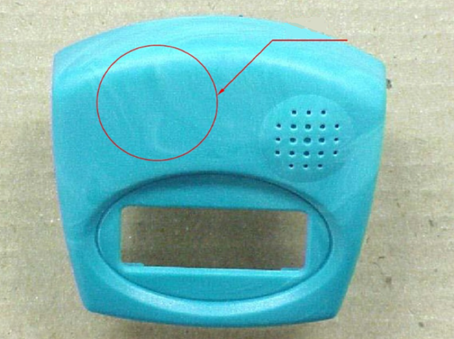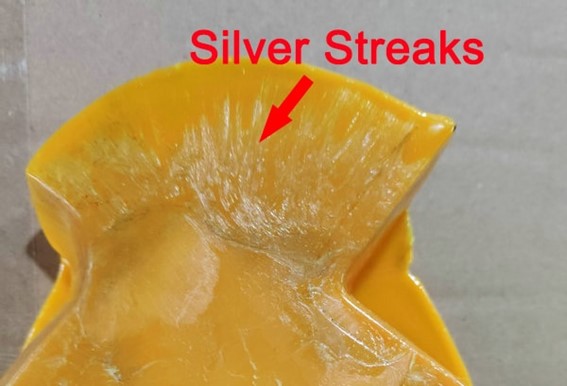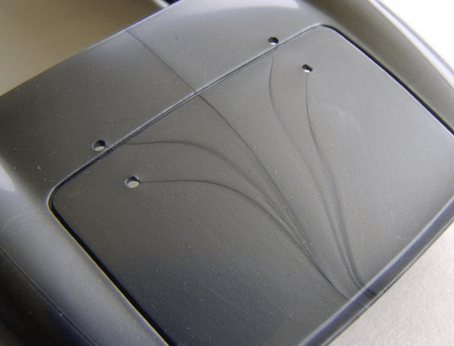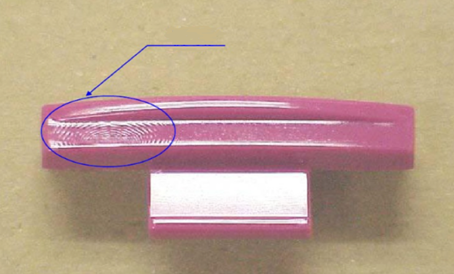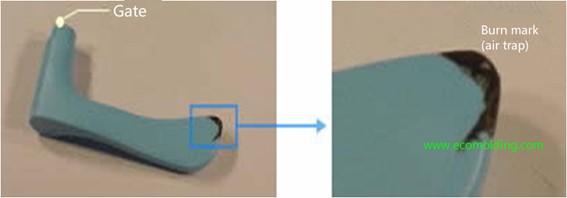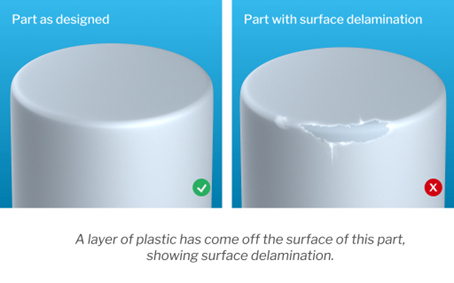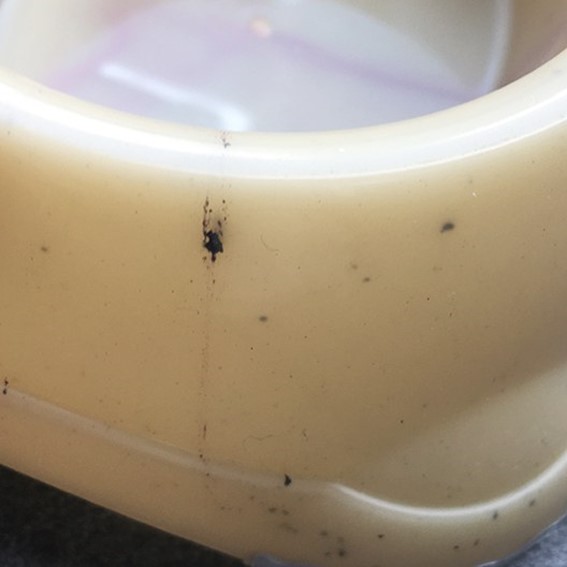Common defects in injection molding and their detailed characteristics
- Introduction
Injection plastic molding is widely used in many industries, but a variety of defects can occur during the manufacturing process. These defects often appear in the form or surface and can have a significant impact on quality. This article details the general types and characteristics of these defects, which are divided into shape and surface defects
- List of defects in molded products
|
Category |
Types of defects |
|
Geometrical imperfections |
Short shots, flashing, burrs, sink marks, warping, weld lines, voids, air traps, cracks, crazing, gate vestiges |
|
Surface Defects |
Color Streaks, jetting, silver streaks, flow marks, flow lines, serfing, burning, delamination, black specks |
-
Geometrical imperfections
-
Flashing and Burrs
This phenomenon is excess material on the edges of a molded product. This is usually caused by resin leaking from gaps in the mold.
-
Sink Marks
This is a phenomenon in which a molded product shrinks after cooling. This defect is especially likely to occur in thicker parts of the molded p
-
Warping
This is a condition in which the molded product warps. In many cases, this defect is caused by uneven cooling of the molded product.
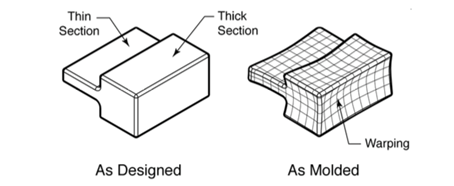
-
Weld Lines
This is a defect where a weak line forms at the confluence of the material flows. This line is usually where the physical strength is lower.
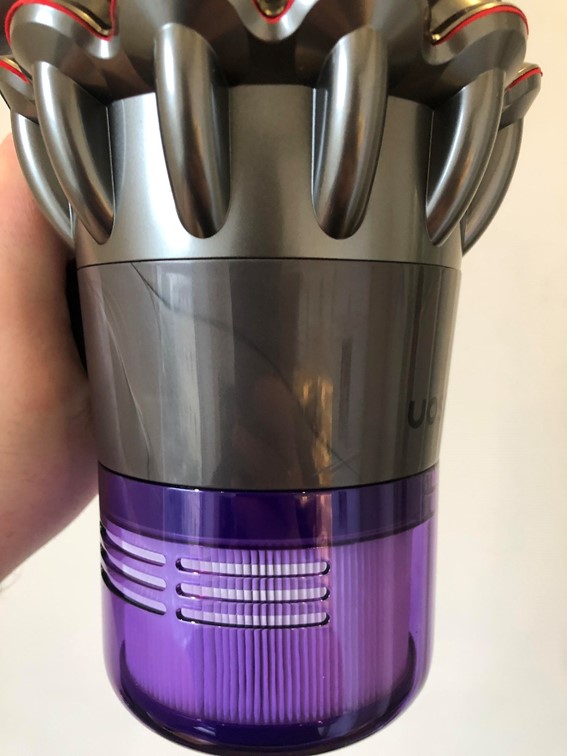
-
Voids
Cavities occur inside the molded product. This is often caused by uneven cooling of the plastics.
-
Air Traps
This is a condition in which air bubbles are trapped inside the molded product. This usually occurs when material is injected into the mold at high speed.
-
Cracks and Crazing
This is a defect that causes cracks in molded products. This is often caused by resin degradation or external forces.
-
Gate Vestiges
Residual material from the gate area is observed. This is affected by mold design and injection conditions.
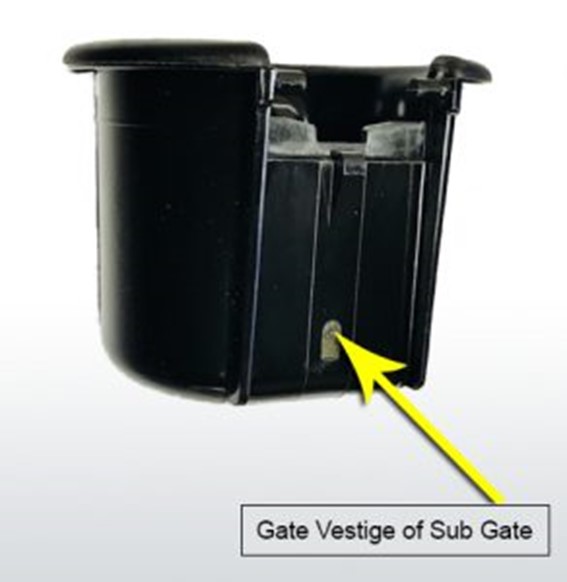
-
Surface defects in injection plastic molding
-
Jetting
Flow traces are left on the molded product. This defect occurs during the process of resin injection into the mold at high speed.
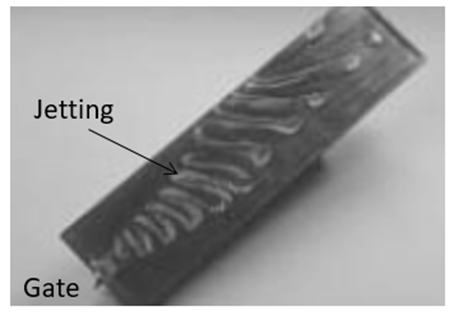
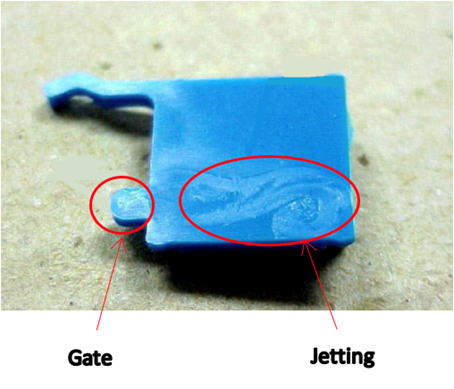
-
Silver Streaks
Striate patterns appear on molded products. This is often caused by moisture or impurities in the material.
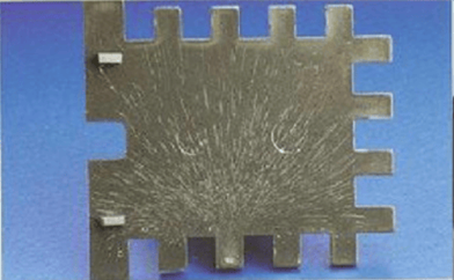
-
Flow marks & Flow Lines
A linear pattern appears on the molded product. This usually occurs when the material flow is uneven.
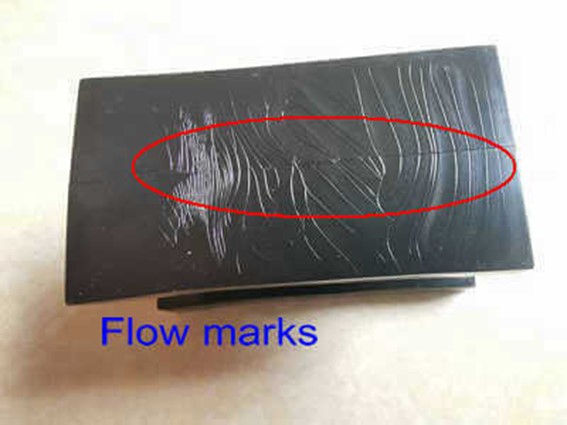
-
Splay
A droplet-like or silvery pattern appears on the surface. This usually occurs when moisture in the material evaporates.
-
Burning
This is a condition in which molded products are scorched by high temperatures. This is caused by excessive heating of the resin.
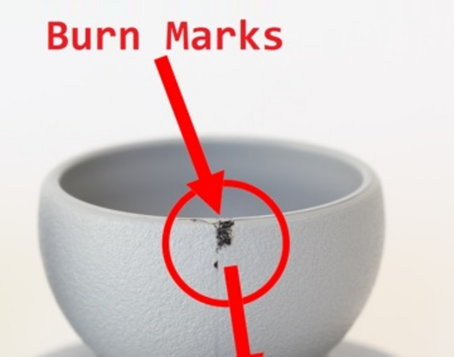
-
Delamination
Layers of the molded product may peel off. This is often caused by uneven cooling of the material.
-
Black Specks
Black spots or specks appear on the molded product. This is usually caused by impurities in the mold or resin.
-
Degradation or Scorching
This is a phenomenon in which molded products burn or change color. This occurs when the resin is heated excessively or deteriorates over time.


